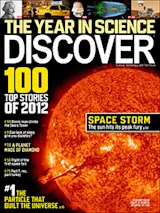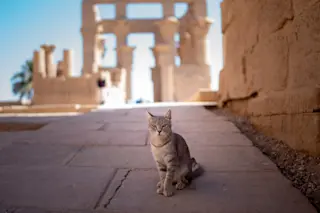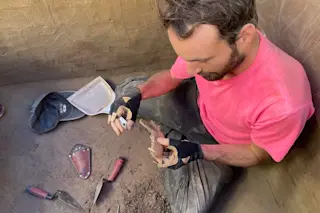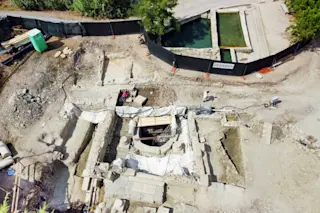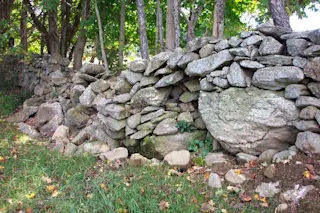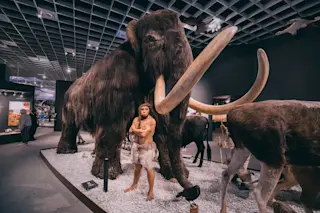It's not often that a single discovery can illuminate both the history of science and ancient office culture—but that is what happened in the ancient Mayan megacity of Xultun, in present-day Guatemala. There, researchers from Boston University and the University of Texas unearthed a small room, two walls of which were marked with astronomical tables predicting movements of the moon, Venus, and Mars. The calculations seem to have been plastered over several times, indicating that the room was used for several years and that the calculations were refined over time. The earliest of the numerical murals, created in the ninth century, are the oldest Mayan astronomical tables ever found, and the place where they were created is the first documented Mayan office space.
Most Mayan calendars have been found on monumental buildings in public spaces. The Xultun chamber, in contrast, was probably a place where scribes copied tables or made ...


